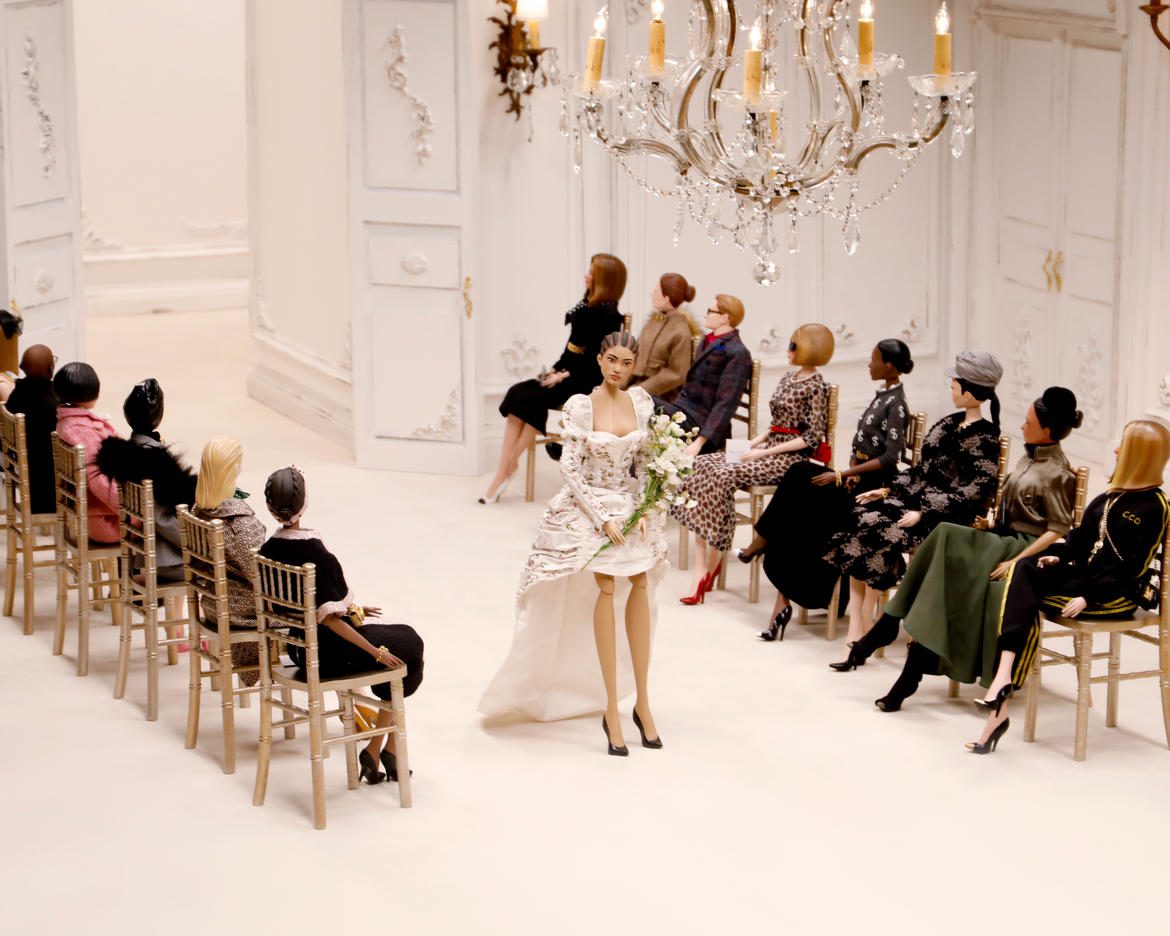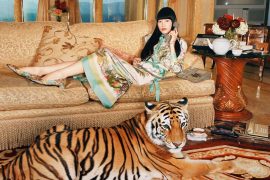This year, it’s evident that fashion has taken a backseat to catastrophic environmental changes and a debilitating pandemic. Amidst this chaos, credit needs to be given to the doyens of Paris Fashion Week for adapting to the new normal and showcasing their brands as creatively as possible. While most designers gave the stay at home viewers a virtual treat with live streams, more than twenty brands hosted physical shows for those who mustered up the courage (and invitations) to attend these shows personally. But even then, since the majority of their audience was homebound, they ensured that they were suitably captivated with fantastic virtual renderings of the physical shows.
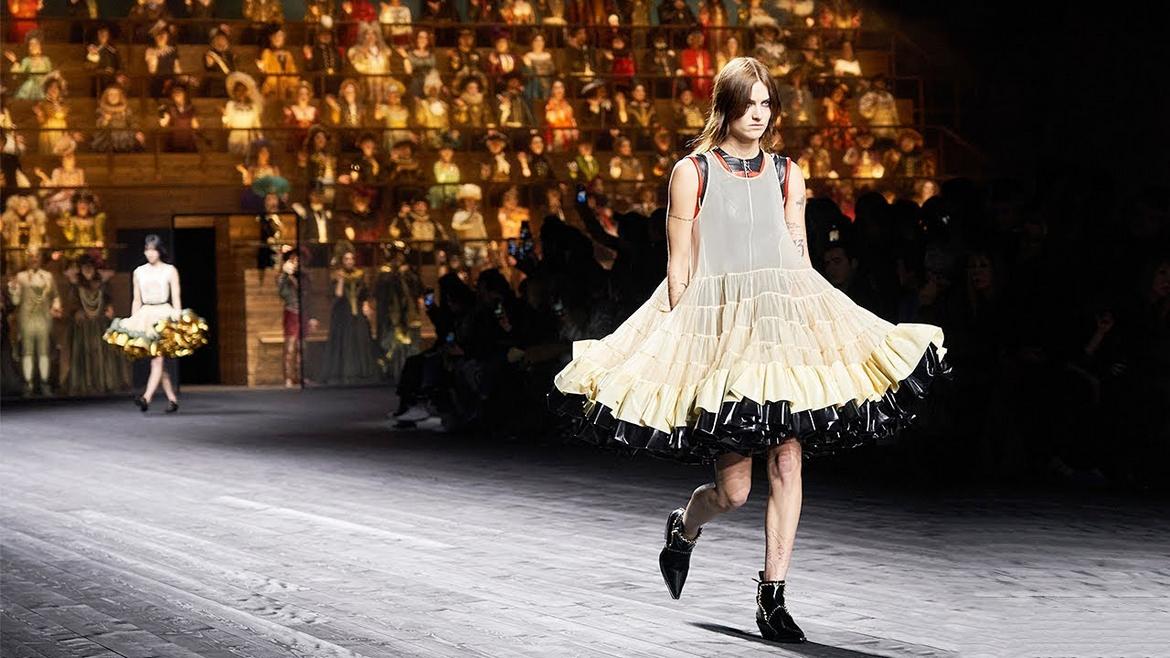
I had a front-row seat to all the shows from the safety of my four walls while nibbling on my caramel popcorn. But the experience was surreal, everything was the same yet so different! The audience cautiously partook in an in-person experience like previous fashion weeks but were masked and distanced, with a fraction of the numbers in the audience and muted social interactions. The buzzy after-parties, the networking events (which are so integral to the image of the brand) were glaringly missing, it almost looked like a parallel universe out of a natural disaster movie. However, once I got past that, watching the shows on my laptop was quite a thrill, it provided me with some semblance of normalcy!
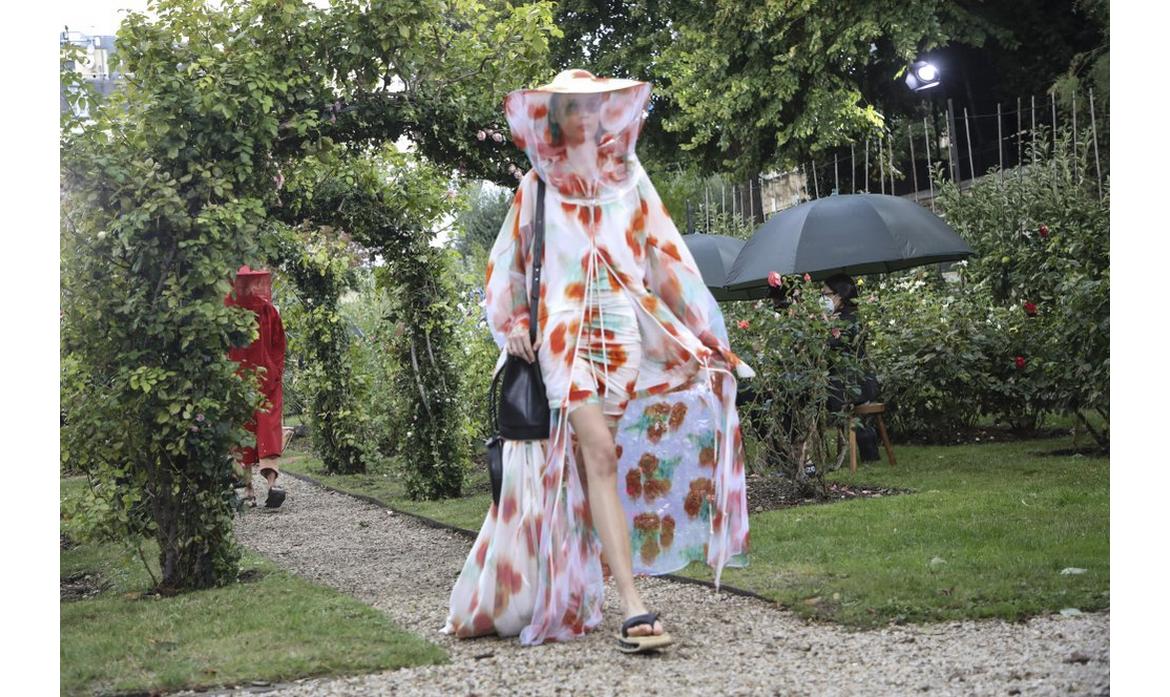


PFW was eventful, to say the least with some noteworthy mentions. Gabriela Hurst‘s efforts to create a sustainable collection using dead inventory caught my fancy. Kenzo, the coveted designer who got Japanese fashion to the forefront passed away due to Covid, shaking up the entire industry. Chanel toned down its grandiose a few notches but stirred up the nostalgia of 1950s Hollywood. Louis Vuitton closed at La Samaritaine, with Ghesquiere remarking that “some styles and prints that were made up of words like Drive, Skate, Vote are like positive injunctions”
As a very niche society debates their sartorial fashion choices, let’s face it, the rest of us are too caught up with homeschooling, work, and family to ogle at the ostentatious clothes or impractical high heels. We just can’t make time to follow the latest couture trends like we used to religiously. We are currently a modest, holed up bunch of people, fighting for basic needs and peace of mind. There isn’t much mindshare left for frills and tweed dresses.
A noticeable switch is also seen by influencers worldwide, from endorsing pricey brands to promoting high street fashion like H&M and Zara (which are easily accessible and pocket friendly). They have also expanded their content to include cooking tips, home workouts, and just simple daily offerings keeping in mind the mood and lockdown life of the viewer
When outings are limited, large gatherings are frowned upon and even the crème de la creme clients have slipped into a sober mood of conservation of resources, where does one wear the couture after all? For a walk in the park? To a cautious coffee date? For an Alibagh hurrah? One might also argue against the need for large, uncontrollable gatherings of the swish set as fashion, especially high end like all other luxuries is certainly dispensable during a pandemic
While I subscribe to these facts wholeheartedly, we must also realize that Fashion Week is a tradition. And like all age-old customs, it cannot be written off in a bad year, the consequences will be disastrous for the industry’s survival and the aftermath will be felt emotionally for years.
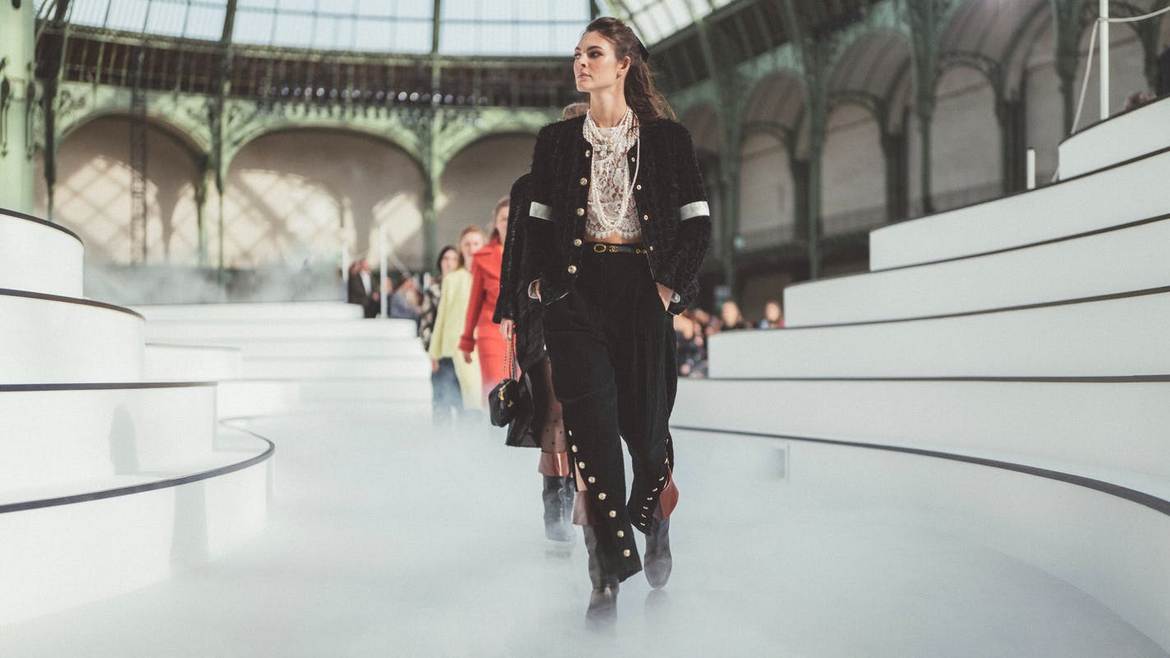


As the world shifts gears after months of being in lockdown, we can commiserate with the worldwide leaders for opening up their economies as best as they can and PWF has been a testament to it. While many critics are in disbelief that fashion shows are really happening with Covid looming like a dark cloud over the festivities (invariably, Paris went into partial lockdown soon after fashion week) I for one have cautiously applauded the effort.
The fashion industry has taken a severe beating and despite its superficiality against the glaring reality of a pandemic, the craftsmen, the karigars, the industry like others, need to survive. It is also a source of income for ancillary entrepreneurs like bloggers and influencers. Without any content and runway buzz, how do these niche categories survive? While I didn’t agree with certain brands who lost count of their audience numbers, most were appropriately geared up to put human safety first. They knew they were in the line of fire and one misstep would be pounced upon by media and the virtual audience
Fashion besides the glamour and glitz also brings much-needed hope in these morbid times! It gives us a chance at escapism. Just like a feel-good movie, watching a virtual catwalk was a treat, where I momentarily forgot that I’m eating a day-old pasta in tattered PJs.
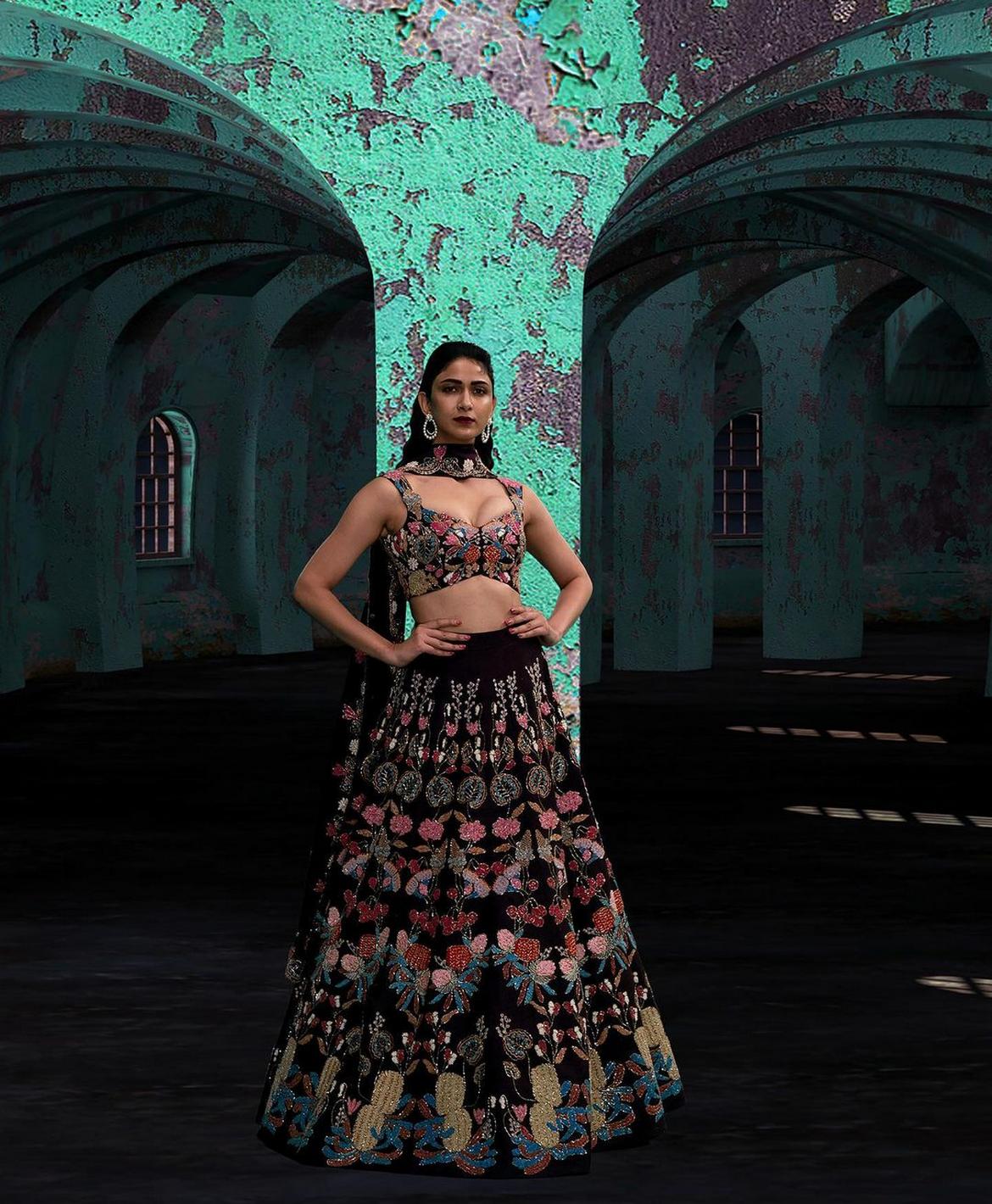


In our own backyard, India Fashion Week has morphed into a 100 % digital experience, in line with our strict government mandate of being ‘rather safe than sorry’. Despite the combined forces of all fashion powerhouses, the takeaway fell a bit flat for me. I have been spoilt over the years by the sensory extravaganza of fashion weeks, celebrity sightings, and delightful after parties. For me, the novelty of online shows is steadily waning because a virtual experience simply cannot replace a physical one. In Pre Covid life, even if one might have not attended the physical shows, our fashion choices were dictated to a large extent by the influencers and the fashionistas who did. Just a virtual experience cannot generate the same kind of frantic longing to own a precious piece worn by someone aspirational, either on or off the runway
Fashion shows generate a feeling of belonging and camaraderie and need to be a feast for all the senses, not just visual.
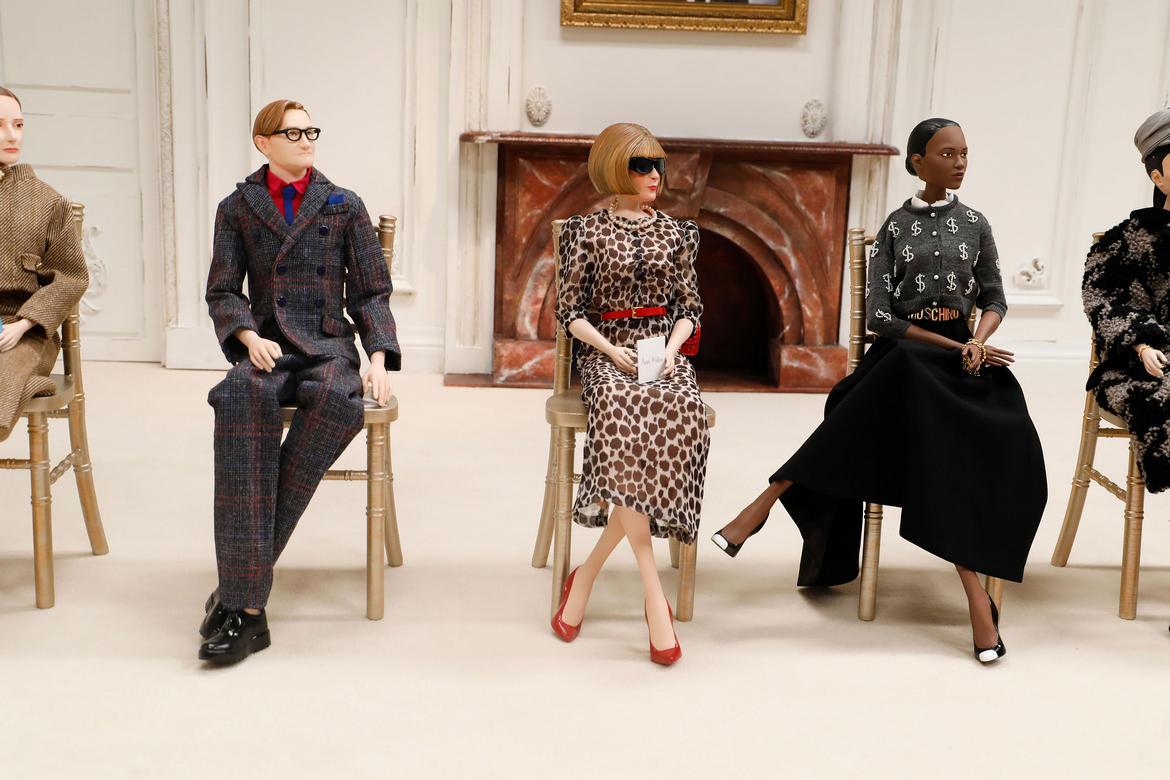


My humble take as a viewer who embraces both the creative and business of high-end fashion is that the fashion industry shouldn’t be considered inessential and dismissed. It is one of the biggest money-spinners providing employment like other, ‘more serious’ industries and Fashion Week is its biggest marketing platform. If government-mandated safety protocols are followed sincerely, with utmost emphasis on human life, a workable mix of virtual and physical shows can take place as who knows when life will return to the normal that we once knew.

